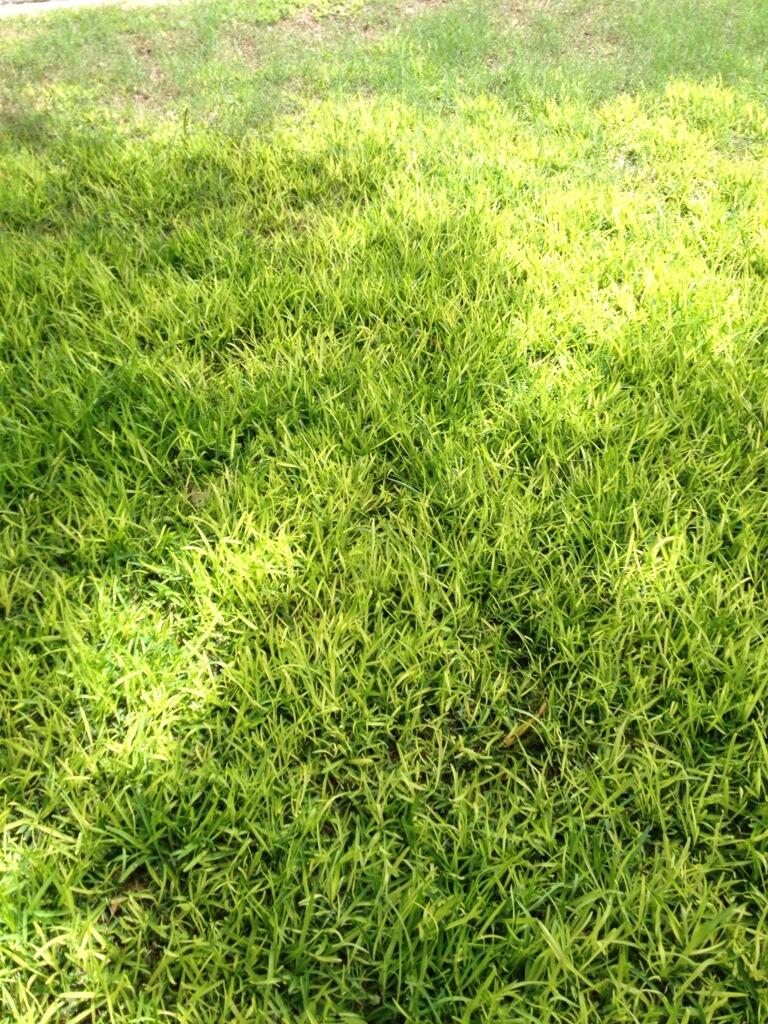Thanks for the kind words Btron.
It varied anywhere from 2-4 inches. At first I spent all kinds of time sticking the individual sprigs into the soil in a 2-3 inch deep tilled trench with the sprigs perpendicular to the trench and then just back filled the trench.
I got tired of spending so much time doing it that way and so I just tilled a deeper trench and laid the sprigs in the trench with them parallel and overlapping in the trench. I then backfilled mostly covering the sprigs and watered heavily so the loose soil settled thereby exposing more of the sprigs. Inmost cases the sprigs were completely covered but rooted and grew out just as well as the uncovered sprigs. Key is keeping the soil from drying out until it's taken root (1-2 weeks depending on the heat/weather conditions, etc.). You'll know you did good when you see the sprigs busting up the soil and growing out from under it!

Hope that helps!
On your grass condition, can you please post some pics to help get a better understanding of your situation. May be a watering issue or an iron deficiency issue or something else.







